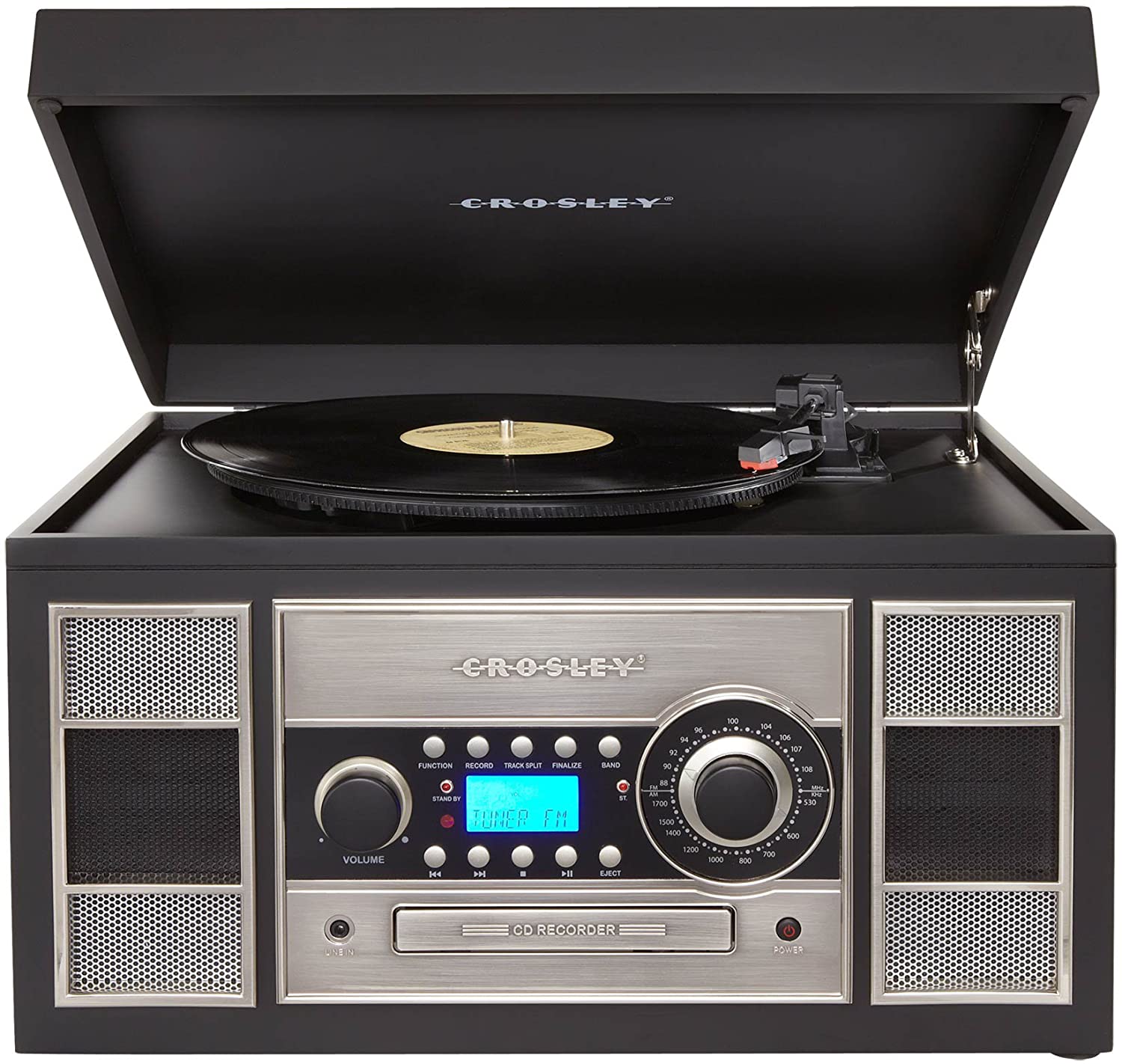

In the method, each to-be-remembered object is placed along a well-known route through which the individual mentally walks. A subsequent interview revealed that all but one employed the same ancient technique: the "memory palace", or method-of-loci, which relies heavily on spatial visualization. These brain areas are all associated with spatial navigation, something seemingly unrelated to memory. However, regardless of performance, three brain areas were always active in the memory masters but not the controls: the left medial superior parietal gyrus, bilateral retrosplenial cortex and right posterior hippocampus.

Since superior memorizers particularly excel at learning numbers, somewhat at remembering faces, and not so much snowflakes – the latter being unusual and hard to verbalize – they should remember less across the categories. They chose these categories for one simple reason: to understand if brain activation patterns represent the amount of information encoded (which is not the main point of the study) or the actual cognitive process underlying encoding. Perhaps it’s not how big that matters, but how you use it? Researchers next scanned the participant’s brains as they attempted to memorize 6-item lists containing 3 random numbers, faces or snowflakes. This is in stark contrast with the London cabby study, which found an increase in the size of the drivers' hippocampi as they learned to navigate the entire layout of the 25,000 streets in London. Using structural MRI, researchers found their first unexpected result: the grey matter volume of memory experts was no different than the average Joe, suggesting little structural plasticity had occurred in these people even with years of actively challenging their superior memories. On average, the memory masters had practiced mnemonics for over 11 years, but general tests of intelligence showed they scored on a similar level as their controls. In all, researchers invited 10 superior memorizers and 10 matched controls to participate in a brain-scanning experiment. Lucky for them, memory masters were easy to find: every year London holds the World Memory Championships, in which participants from all over the globe, regardless of background and education, go and perform exceptional feats of memory. In 2002, a team of neuroscientists from the UK set out to identify the neurobiological basis of superior human memory. After all, how much can we infer about our own memory capabilities by studying those of the masters'? Despite its popular appeal throughout history, research on exceptional memory has remained on the fringe – one for the lack of tools, another for the dearth of memory experts to study, and finally for a lack of incentive.
#MEMORY MASTER SERIES#
This is part of a series exploring the brains behind exceptional memory: to what extent is it natural and learnt? How fast can a complete novice pick up a mnemonic? Can memory training help those suffering from memory impairment and depression? Finally, what's going on in the brain as one masters the method of loci?įrom the enduring myth of photographic memory to overdramatized depictions of memory palaces on TV, it’s clear that we humans are fascinated with superior memory.


 0 kommentar(er)
0 kommentar(er)
